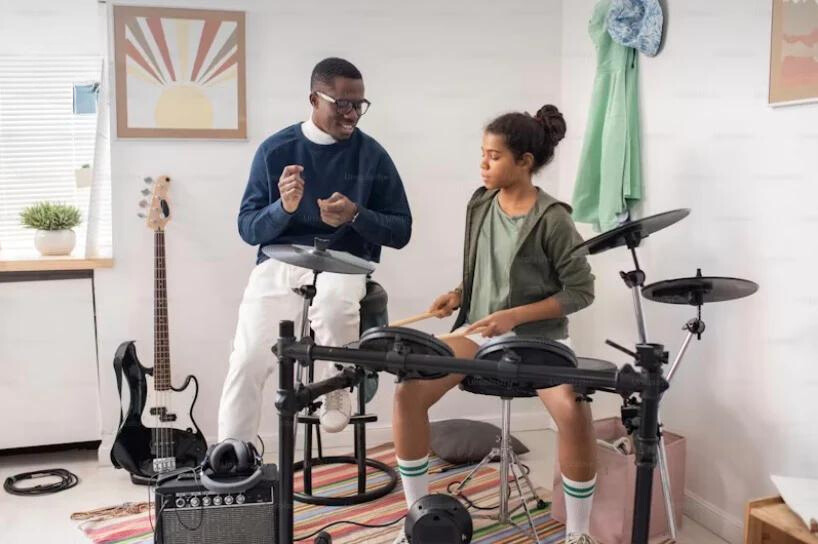Comprehensive Guide to Studio Noise Control with Acoustic Cotton (Professional-Grade Solutions)
Comprehensive Guide to Studio Noise Control with Acoustic Cotton (Professional-Grade Solutions)
I. Core Treatment Principles
-
Tri-band Acoustic Treatment
-
High frequencies (2000Hz+): 5cm polyester fiber cotton directly adhered to walls
-
Mid frequencies (500-2000Hz): 10cm centrifugal glass wool + 5cm air cavity
-
Low frequencies (<500Hz): Install 40×40cm bass traps in corners (filled with high-density rock wool)
-
Critical Parameter Control
-
Density selection: 80-100kg/m³ for mid-high frequencies, 120-150kg/m³ for low frequencies
-
Minimum thickness: 1/4 wavelength of target frequency (e.g., 85cm for 100Hz, reducible to 30cm via air cavity design)
-
Absorption coefficient: Target α≥0.8 for critical frequency ranges
II. Six-Step Installation Methodology
-
Surface Preparation
-
Wall pretreatment: Dust removal → Moisture-proof primer → 2mm soundproofing membrane
-
Seam treatment: All joints sealed with butyl tape (5cm overlap minimum)
-
Framework Construction
-
Light steel keel framework (60×60cm grid)
-
Air cavity reservation: 10-15cm for walls, 15-20cm for ceilings
-
Vibration isolators: Rubber suspension hangers (spaced ≤80cm)
3.Special Node Treatment
-
Windows/doors: Double-glazed units + magnetic seals
-
Electrical boxes: Pre-installed metal enclosures with acoustic cotton filling
-
Ventilation: Z-shaped silencer ducts + honeycomb acoustic cotton
4.Acceptance Standards
-
A-weighted noise level ≤25dB
-
Reverberation time: 0.3±0.05s (500Hz)
-
Frequency response fluctuation ≤±3dB (100-4000Hz)
III. Advanced Solutions
-
Dynamic Absorption System
-
Motorized acoustic curtains (adjustable absorption)
-
Tunable bass traps (rotary Helmholtz resonators)
-
Smart Monitoring System
-
Real-time acoustic analyzer (NTi Audio XL2)
-
Auto-EQ compensation (DSP-based frequency correction)
-
Integrated Noise Control
-
Active noise cancellation: Phase inversion for 63-250Hz low frequencies
-
Floating floor: Spring isolators + 10cm rock wool filling
Note: Conduct spectrum analysis (REW software) before construction, focusing on 63Hz/125Hz/250Hz standing waves. Professional studios should implement "room-within-room" construction for STC≥65 sound isolation.







